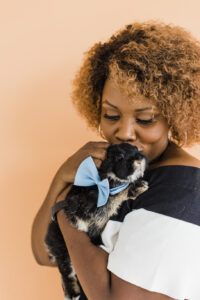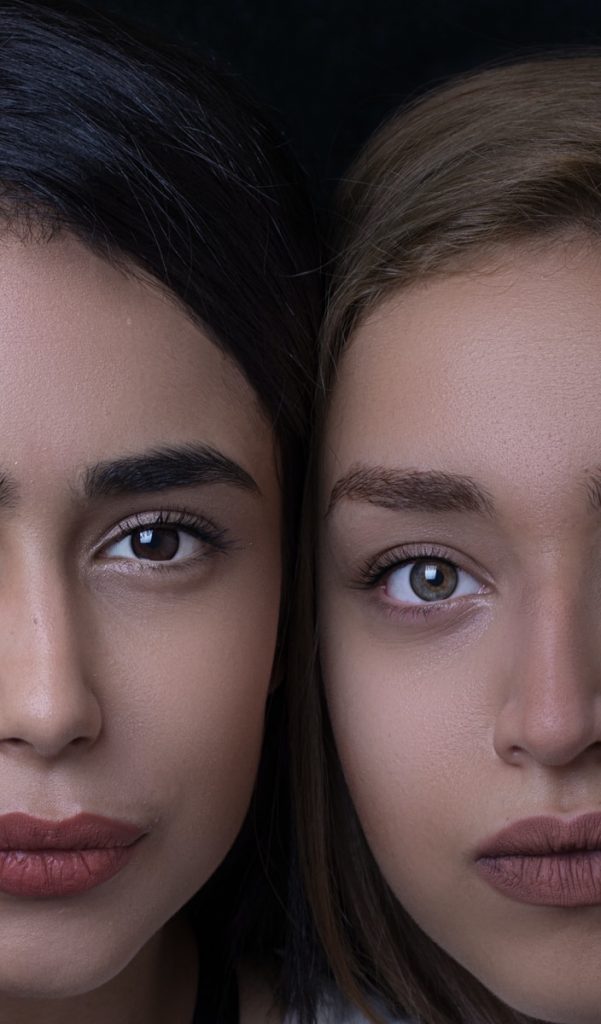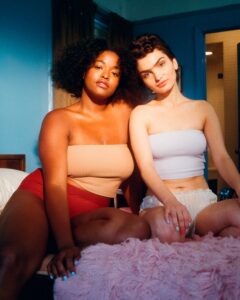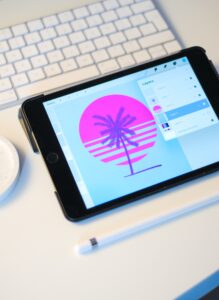
Color theory, the study of color combinations is a crucial element in your brand development.
If you think your audience won’t care, consider this:
When I was younger, I wasn’t a fan of pink. If I could help it, I wouldn’t choose pink anything. Now blue was my go-to color. Blue was cool and the anti-pink forced upon me because of gender.
BLUE! Give me all the blue.
Why does this matter? It’s only a color after all. Who cares that I preferred blue over pink?
And you say color doesn’t affect people’s moods and emotions.
Because society has said blue equals masculine and pink equals feminine, people feel uneasy when you go against the status quo.
During your brand development, focus on color theory to effectively tell your brand’s story.
When I started rebranding, I thought about the versatility a black and white logo can have, so I created it with intention. I took out a lot of color for my main colors and switched it to black and white, other than accent links.
Have you thought about how it makes people feel? Is it inviting? Does it amp them up? Make them hungry? Feel fun and flirty?
“Wait, I’m supposed to connect color with emotion?”
Did you know color provokes emotions and feelings subconsciously?
Notice how fast food restaurants have red in them? Red provokes hunger. Black, while associated with death, is also associated with sophistication and classic. Blue is calming and tends to be more inviting.
Working with my clients, I emphasize the importance of color. Part of their assignment for them to research their target audience, far past age, gender, sex, race, and nationality.
Ex. “My ideal audience is women who suffer from PCOS or/and other metabolic disorders that make it difficult for them to lose weight. They often feel shame and or discouraged to come to the gym and push through their workout because they often feel judged for not trying hard enough.”
Here, I would discourage the use of red, as it might feel too intimidating. I would also discourage brown as it can be “too” masculine color (though I don’t agree with gendering colors, but we’re talking psychology here so go with me). Pink is an easy fit because pink is linked to femininity but I would also encourage shades of blue (trust), purple (power), or yellow (optimism and energy).
“How do I know if my brand’s color is right for me?”
Sit down and think about your goals and target audience. If you feel your colors are attracting the wrong audience, I’d consider a change.
Bonus: Did you know Mark Zuckerberg picked what’s known as “Facebook blue” because he’s red-green colorblind? (Source)
What colors make you feel powered? What’s your favorite color? Let me know in the comments!





